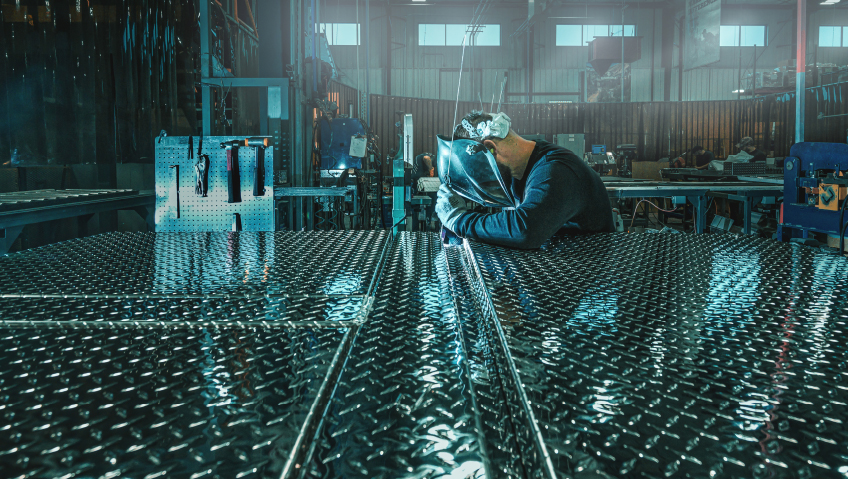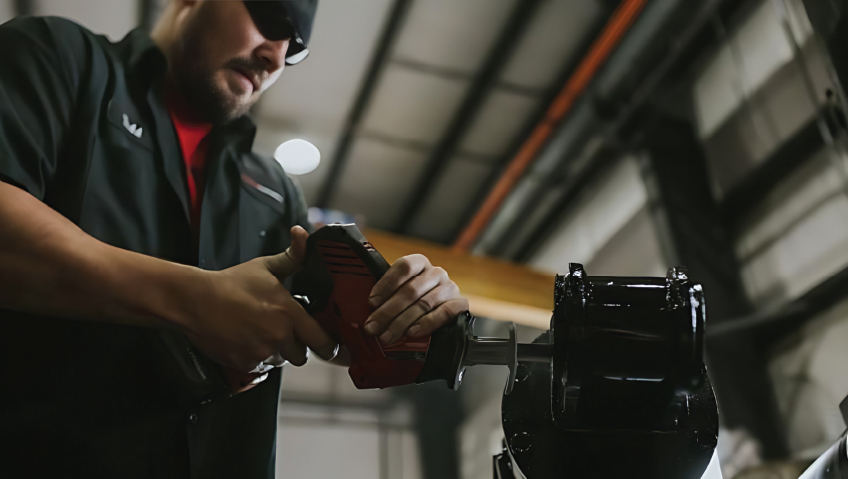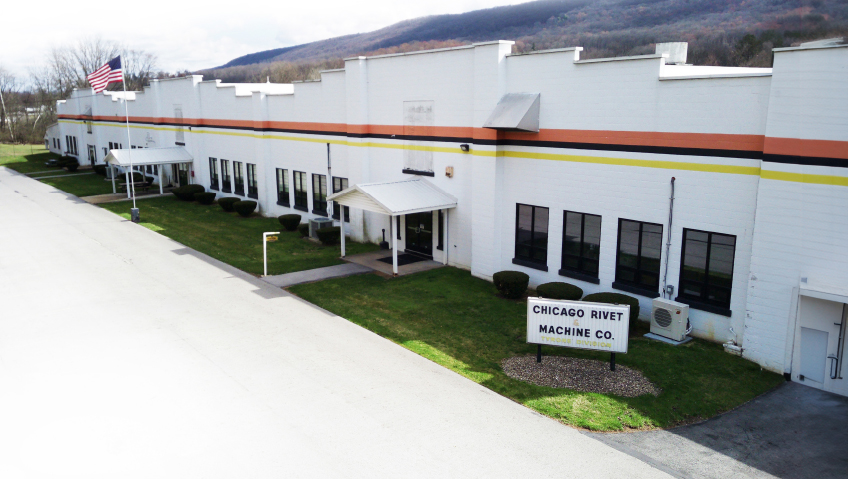The rise of EVs and hybrids on the market has brought massive changes to how cars are powered. The emphasis on finding alternatives to fossil fuels, or at least reducing the use of them, is also raising our collective consciousness about the impact driving cars has on the environment.
It would be an understatement to say that the automotive industry has seen significant changes in the last five years. But what about what goes into the actual cars? Vehicles at the end of their lifecycle leave behind plastic, metal, and rubber components that add up to millions of tons of waste around the world. So there is also a push to innovate and incorporate natural components into automotive production, which means less of the negative materials are left behind.
Engineers and designers are looking at changes that can be made to automotive fabrics and materials to reduce the overall weight of cars and make them more fuel-efficient. At the same time, these changes are making the manufacturing process greener by using biodegradable materials and reducing the energy needed to produce cars. Volkswagen is offering non-animal leather and recycled materials, for example, and Continental Tires is producing tires with recycled rubber, rice husks, and plastic bottles.
One of the main components of a car is the chassis which ultimately holds everything together. Typically, it has been carbon steel that gives a chassis its strength. Now, research and development efforts are going into carbon fiber reenforced polymers, or CFRPs, which are lightweight while also strong enough to maintain the safety of the vehicles. These polymers are based on carbon fibers as their main component, creating a lighter weight material.
For example, fiber that is 70 percent glass will generally have a density of 0.65 pounds while CFRP with the same fiber weight will have a density of about 0.55 pounds per cubic inch. And not only are these materials lighter; they are stronger and stiffer than traditional materials, delivering the same strength as steel at just one-fifth the weight.
One of the other big components in our cars is plastic (and there’s a lot more than you think in there). And while plastics were great news for the auto manufacturing industry because they could be molded and shaped into all kinds of useful designs, it was not such great news for the environment because they were largely petroleum-based.
But plastics do not have to start out based on fossil fuels. In fact, the first plastics were extracted from plants. Companies today are even looking at brewing plastics; a material called bioplastic polylactic acid, or PLA, is an intriguing solution that can potentially replace traditional petrochemicals with a biodegradable plastic that can be brewed instead of produced using a range of chemicals.
Coming from plants, the material is far more eco-friendly and has been used to manufacture surgical screws that are inserted into the human body. The other main advantage to this process is that it can brew materials to a molecular level of accuracy with better performance. One company at the forefront of this emerging biotechnology is Lygos in California, using microbes in processes that will disrupt the use of petrochemicals in the automotive and manufacturing sectors.
The big automakers have taken notice of these alternate materials and are applying them to certain models.
Ford’s Elizabeth Johnston, product development engineer, Advanced Green Projects, talks about the value of adding greener materials to the manufacturing process. “We had started to work with the coconut fiber and had realized how many great properties it has,” Johnston told Plastics Technology. “When you added in the social context, it… really encompassed so many of the things that are important to Ford.”
The coconut fiber that Johnston refers to is called coir—the husks on the outside of the shell that are turned into a pulp. This material has a low level of thermal conductivity, which makes it a good insulator. Coir would end up piled up near processing plants because it had very little value to agriculture, or much of anything else for that matter. Now Texas-based Essentium Materials works in the Philippines with local partners to provide additional revenue for farmers, extracting the fibers and turning them into useful materials without adding chemicals. In much the same way, soy-based foams are also being developed as bio-degradable ways to insulate vehicles. Waste is transformed into usable, superior materials.
“When most people think about sustainability in the auto industry, they usually think about emissions,” Debbie Mielewski, head of technical sustainable materials at Ford, told The Globe and Mail. “We look at waste streams to turn literal trash into treasure for our products.”
And to its credit, Ford was the first automaker to produce car parts from 100 percent recycled plastics retrieved from the oceans, where plastic pollution is a growing concern for marine life and water supply.
Volkswagen is using Seaqual, a yarn that is made from recycled materials, including marine debris, that are transformed to create seat covers. The company has claimed that by using these types of materials it can reduce carbon emissions by up to one-third. As Volkswagen’s Head of Product Line E-Mobility, Silke Bagschik explains, “Through the widespread use of recycled materials and the animal-leather-free interior in our ID. models, we are further improving the eco-balance of our vehicles—with high demands on haptical and long-term quality.”
Other natural fibers like hemp and flax are used in the auto industry for the interior trim of cars. They are lighter and cheaper than glass fibers. These materials can also go into the outside panels of a car and are reportedly up to 10 times more dent-resistant than fiberglass or metals.
Mazda has incorporated cork into its center console storage area of the MX-30 electric vehicle. And luxury manufacturers are also finding ways to incorporate more sustainable materials. Mercedes-Benz uses Econyl, which is a yarn-like fabric recovered from nylon waste that would have otherwise ended up in landfill. Leather goods expert Carmen Hijosa has created Pinatex, a vegan alternative to leather from pineapple leaves. Similar to coconut coir, those pineapple leaves would otherwise be left to rot or be burned. Pinatex is currently used for clothes and shoes, but it can be expanded to upholstery, including vehicle interiors. It’s also one-quarter the weight of leather and is sold at just one-third of the price.
The future is looking greener. Incorporating sustainable practices into auto manufacturing does Mother Nature a solid and it’s good for a company’s bottom line. Recent studies point to 86 percent of consumers expecting companies to act on environmental issues. And among these consumers, 33 percent are willing to pay more for vehicles that are made from sustainable materials.
The market is adapting to the new realities of balancing quality and reliability with a focus on making a car that will be kinder to the planet.






